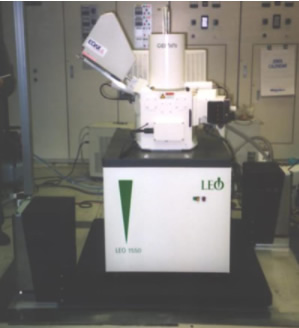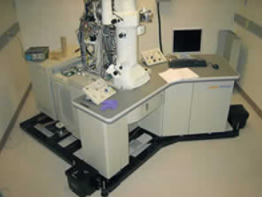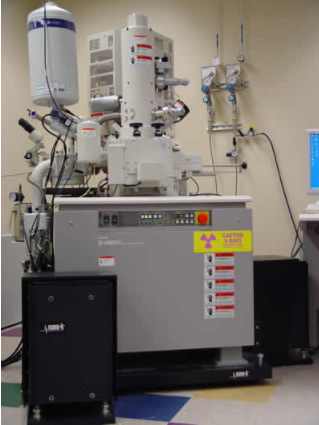
-
Brand
-
I want to
Purchasing Consult
Phychemi (Hongkong) Co., Ltd Beijing Office
More>>
Telephone: 86 10-60404693
Email: info@phychemi.comAfter-sales Service
Department of After-sales, Huazhong Business Center
More>>
Telephone: 86 27-65383415
WeChat: 17301044596
Email for complaint: info@phychemi.com
Email for application: applications@phychemi.comBusiness contract
Department of Commerce, Huazhong Business Center
More>>
Telephone: 86 27-87981101
Business contract and installation for South:
Email: business02@phychemi.com
Business contract and installation for North:
Email: business03@phychemi.com - Electrochemistry
-
Photoelectrochemistry
-
Multi Anvil
Rockland
Depths of the Earth
Piston Cylinder Apparatus(Depths of the Earth) -
Vibration Isolation
-
Magnetic Cancel
-
Carbon Paper
MFC/MEC Reactor
Standard MFC Sterilizable MFC Single Chamber MEC Double Chamber MEC Sterilizable MECVRB Electrode
Graphite ElectrodeThermal Insulation
Insulation Felt -
BMP
-
Learning
-
News

FP-1
The FP-1 consistsof a large platform, two or three Minus K庐 SM-1negative-stiffness vibration isolators, outriggers which connect the platformto the isolators, isolator floor and jack screw plates which help to spread theload on the floor and ballast weights.
The FP-1 platformis a heavy steel plate which typically weighs nearly as much as the microscopeitself. One reason for this design is to lower the overall system center ofgravity to the level of the isolator tilt mechanism, so as to avoidhorizontal-tilt coupling, which occurs when horizontal vibrations cause both ahorizontal and tilting response of the column. With the system CG at the levelof the isolator tilt mechanism, the vibrations are decoupled and better isolationcontrol is achieved. Another reason for the massive platform is that the largetotal mass of the system helps to diminish any effects from stiff cables andhoses connected to the microscope.

LEO 1550 SEM on atwo-isolator floor platform
For SEMs and someTEMs only the column console is isolated. In some cases the column, display andother components are isolated on the platform.
The system can achieve naturalfrequencies of 0.5 Hz or less, vertical and horizontal, with all external line,hoses and cables disconnected from the isolated payload and the internalisolators locked out. (with most microscopes the external lines, hoses andcables have a relatively small effect on the isolation system performance)
WITHOUTMINUS K VIBRATION ISOLATION

JEOL JEM-1400 TEM out of spec before Minus K's FP-1
Customers thatprefer to make the platform themselves can purchase the design, the SM-1 MinusK negative-stiffness vibration isolators and build the platform locally to savefabrication and shipping costs.

This is a horizontal only FP-1 for a JEOL JEM 1400 TEM on a 5thfloor.
JEOL JEM-1400 TEM within spec with Minus K's FP-1







